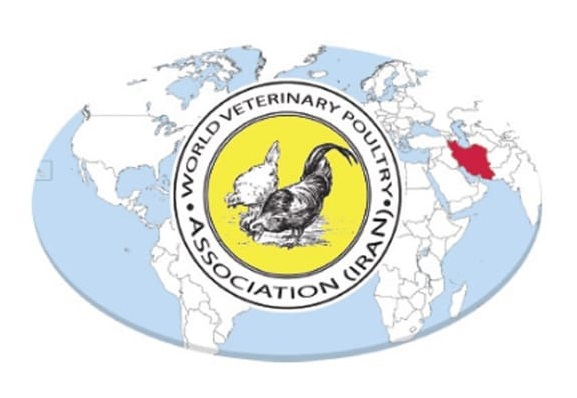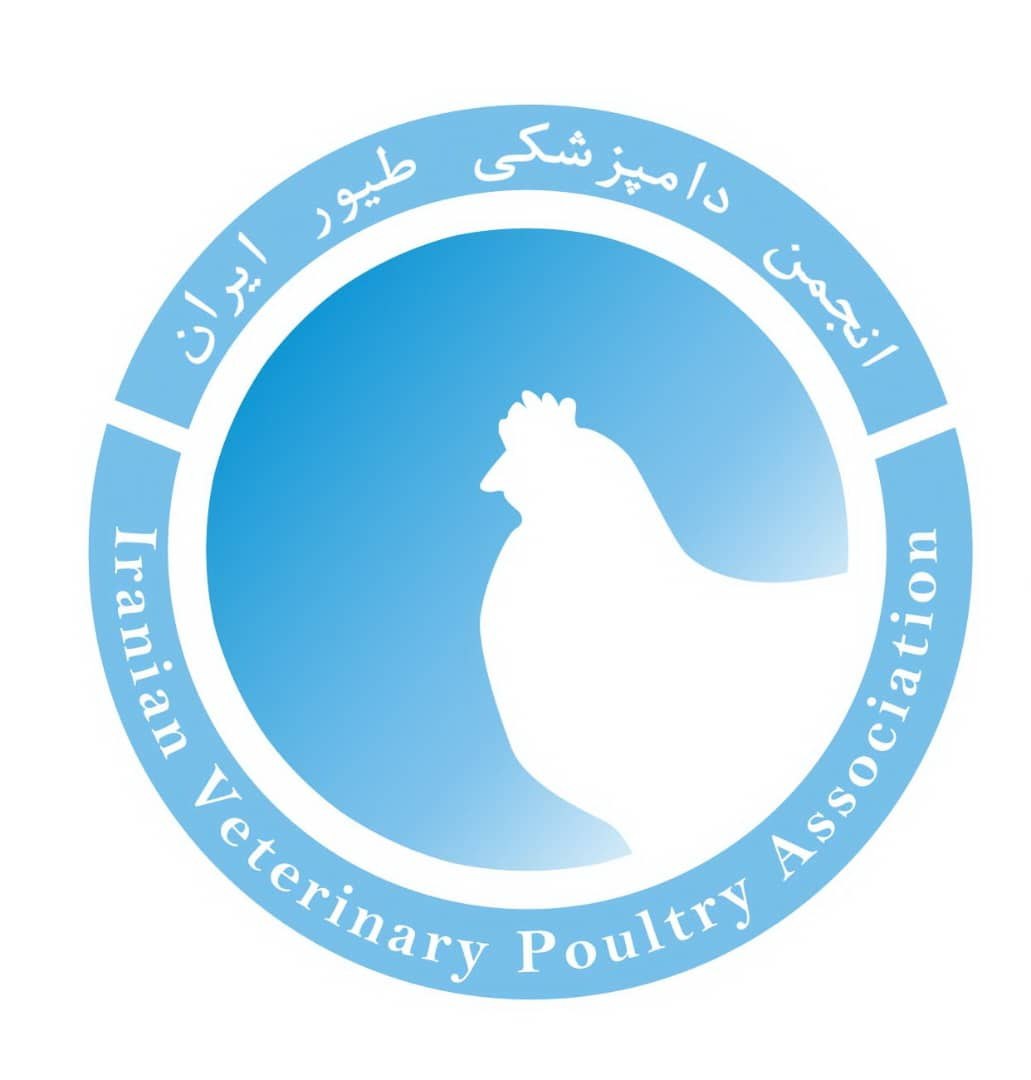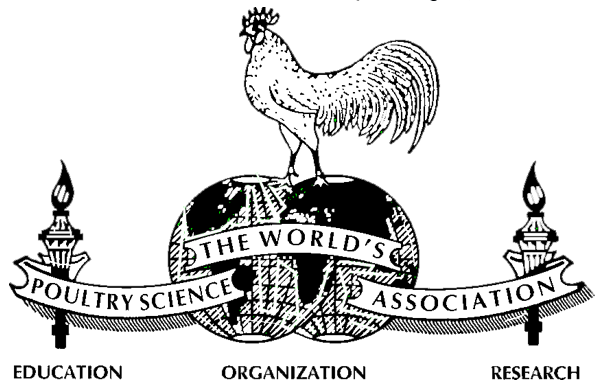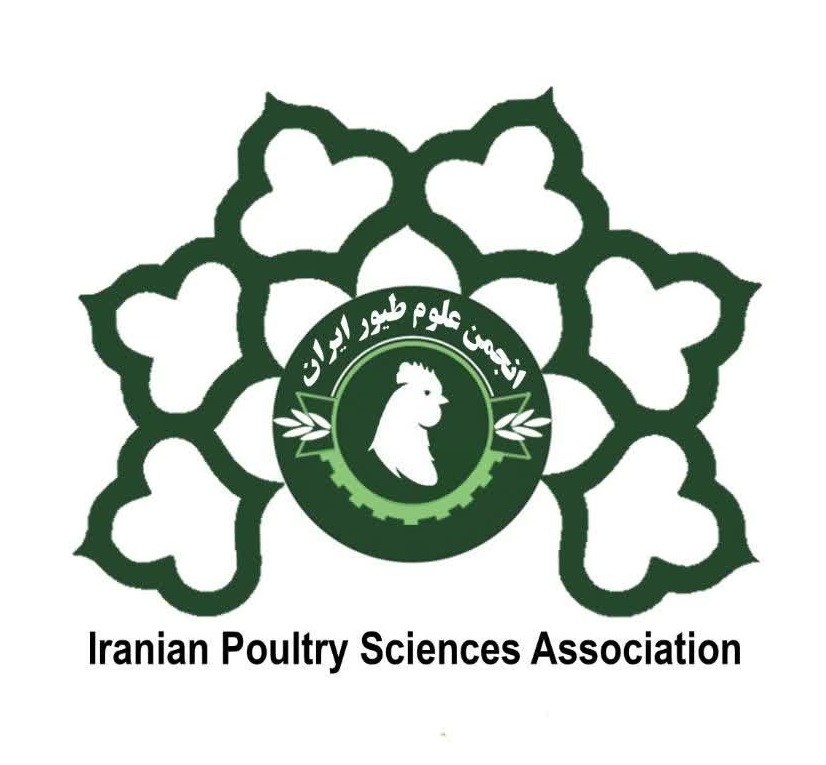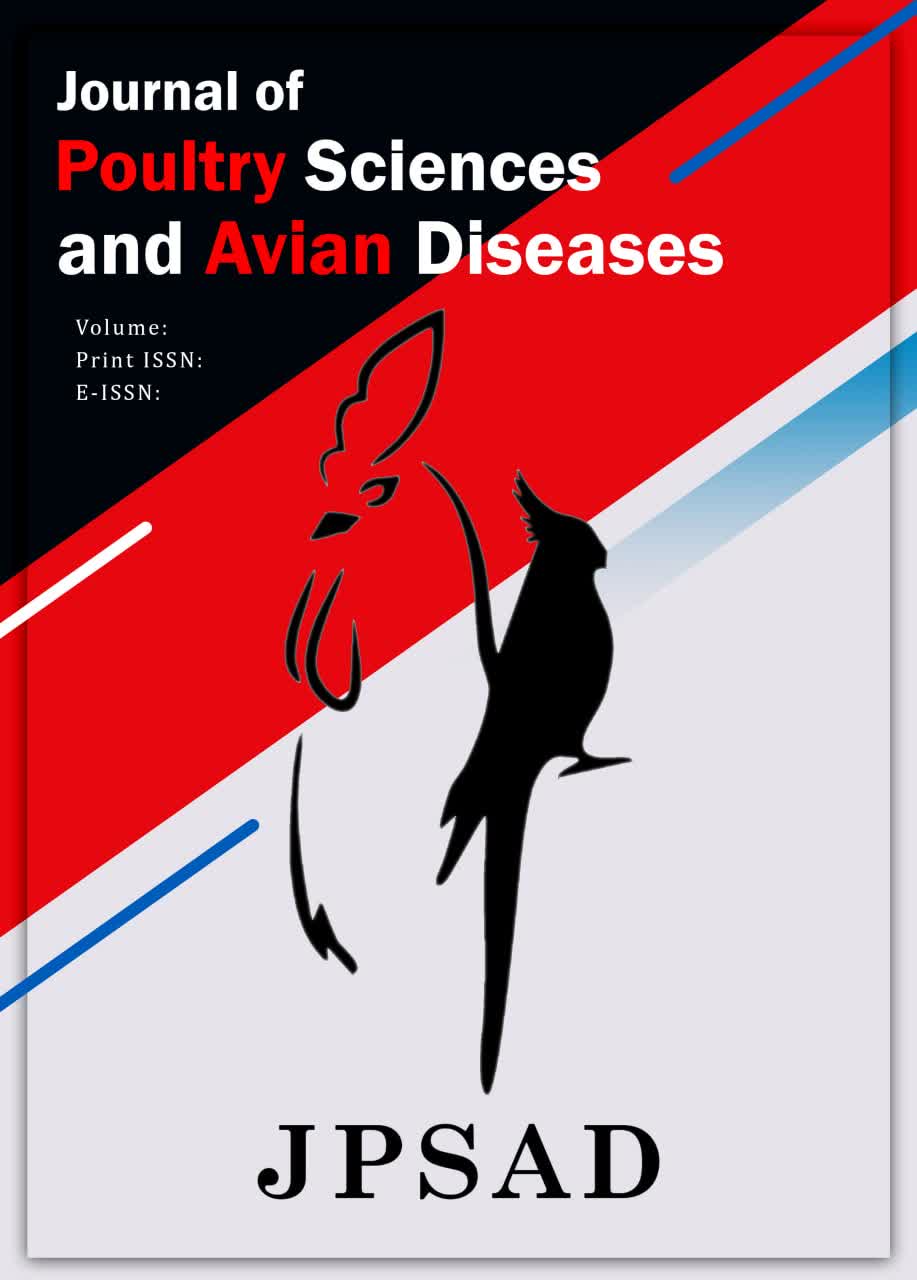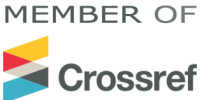Investigating the impact of various fat supplements and their levels on the expression of lipid metabolism-regulated genes in the liver tissue of broiler chickens
Abstract
Over the last few decades, progress in molecular biology and genetic technologies has allowed scientists to explore the mechanisms of lipid metabolism in chickens. Through techniques like RNA sequencing and gene expression profiling, researchers can now investigate how dietary fat supplements impact the expression of particular genes related to lipid metabolism regulation. Limited research exists on the comparative impacts of fat powder and fatty acid incorporation in broiler feed on the expression of lipid metabolism-regulating genes in the liver. This study aims to identify particular genes and metabolic pathways linked to reduced abdominal fat deposition in commercial broiler chickens. The study involved 500 broiler chickens from the commercial strain Ross 308, distributed in a completely randomized layout with five different treatments and five replications. The duration of the research lasted for 42 days. Initially, the control group received no fatty acid or fat powder, whereas the other groups were supplemented with either 3% or 6% fat powder or fatty acid. The experimental period was divided into two distinct phases: the starter phase (0-21 days) and the grower phase (22-41 days). Fatty acid synthase (FASN), malic enzyme 1 (ME1), stearoyl-CoA desaturase (SCD), glycerol-3-phosphate acyltransferase 3 (GPAT3), glycerol-3-phosphate acyltransferase, mitochondrial (GPAM), CD36 molecule (CD36), carnitine palmitoyltransferase 1A (CPT1A), carnitine palmitoyltransferase 2 (CPT2), acyl-CoA oxidase 1 (ACOX1), apolipoprotein B (APOB), very low-density apolipoprotein II (apoVLDLII), peroxisome proliferator-activated receptor alpha (PPARα), peroxisome proliferator-activated receptor gamma (PPARγ) genes selected as indicators of lipid metabolism-regulation and were studied using qPCR technique. The impact of fatty acids (FA) on the regulation of genes under investigation was found to be more pronounced. However, both types of fat increased abdominal fat, with FA demonstrating a stronger effect. While the fat level was deemed significant in certain instances, the current findings and methodology suggest that a 3% fat supplement may be a more cost-effective and economical option for farm use. To further enhance the initial findings and gain a more comprehensive understanding of fat metabolism in poultry, future studies should involve comparative and correlative analyses, encompass a wider range of fat sources, and consider production traits in conjunction with genes associated with fatty acids in the liver.
Keywords: Fat supplements; Gene expression; Hepatic Tissue; Hepatocellular steatosis; lipid metabolism;
Downloads
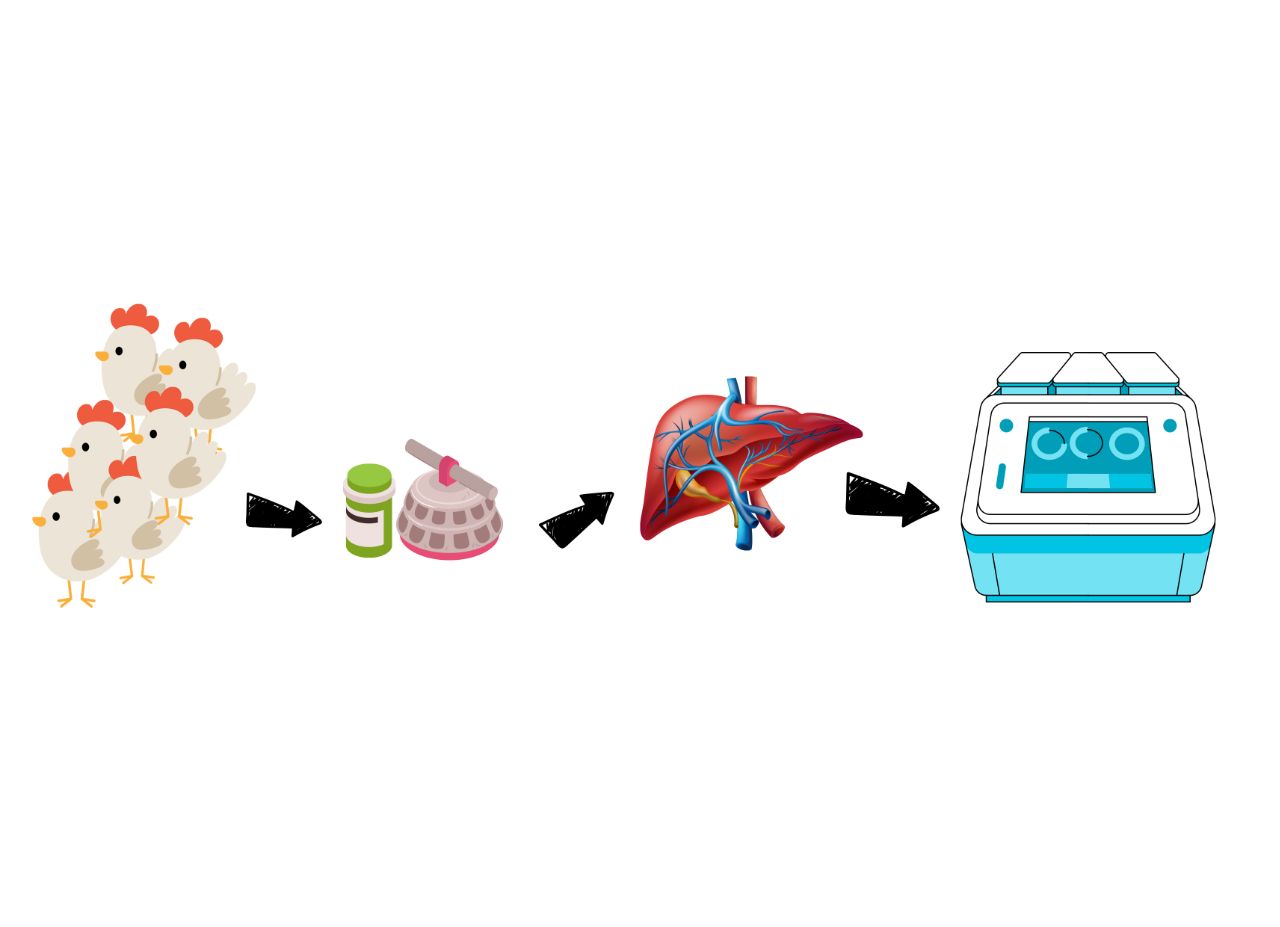
Downloads
Published
Issue
Section
License
Copyright (c) 2024 Dr. Amir Ahmadpour, Mousa Zarrin (Author)

This work is licensed under a Creative Commons Attribution-NonCommercial 4.0 International License.






